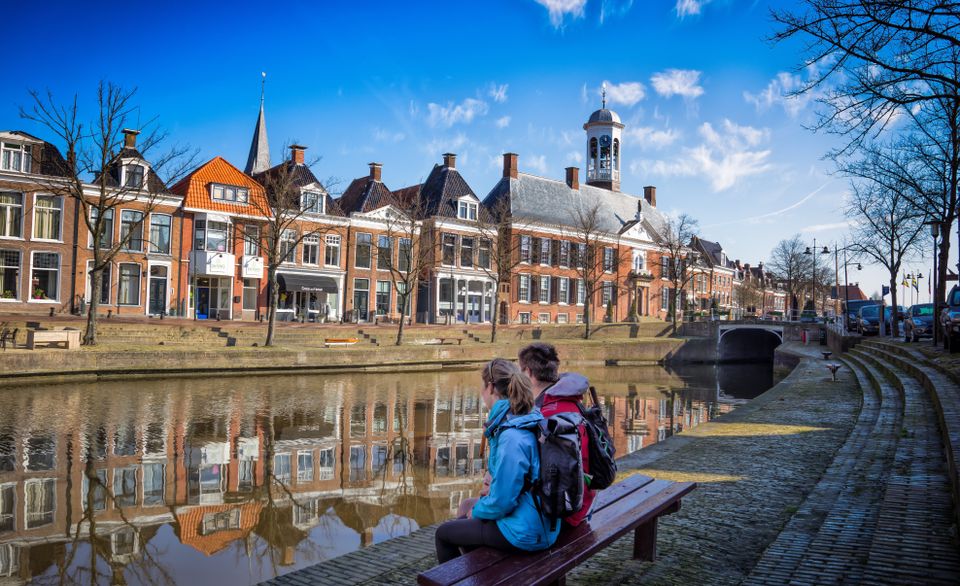Location
225 to 256 of 947 results
-
Poutsma Staete
Poutsma Staete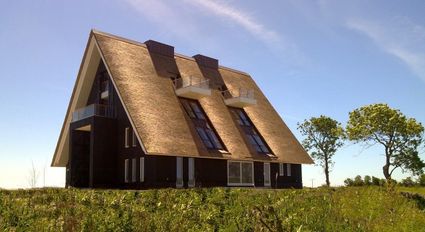 Wierum
Wierum -
Petting zoo De Naturij
Petting zoo De Naturij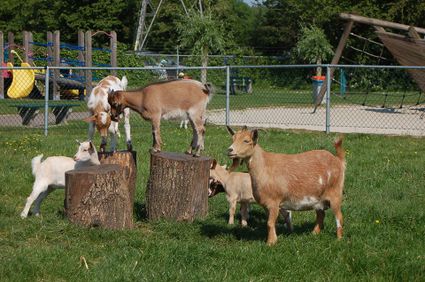 Drachten
Drachten -
Voormalig Bergklooster Burgum
Voormalig Bergklooster Burgum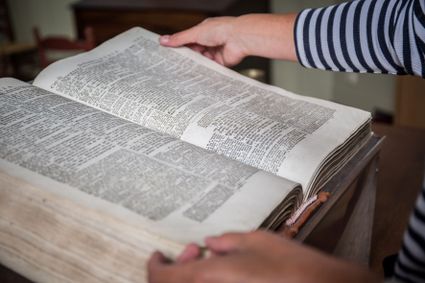 Burgum
Burgum -
Marboei MB43
Marboei MB43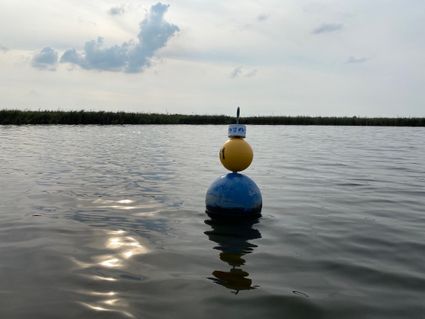 De Alde Feanen
De Alde Feanen -
Zwembad De Sawn Doarpen
Zwembad De Sawn Doarpen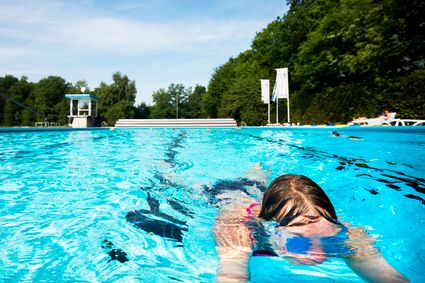 Gytsjerk
Gytsjerk -
The liberation of Friesland
The liberation of Friesland
By 18 April, the whole province of Friesland had been liberated, except for the Wadden Islands. Compared to other provinces, there was little fighting in Friesland. Overall, the few thousand German troops who had been unable to escape from Friesland were defeated by the Canadians relatively quickly.
The commander of the Royal Canadian Dragoons, Lieutenant Colonel Landell, praised the actions of the resistance by stating that "Friesland liberated herself". While that may be a bit of an exaggeration, the actions of the Frisian resistance undoubtedly accelerated the liberation. And reduced the number of casualties on the Allied side.
At least 31 resistance fighters lost their lives in confrontations with German troops and their Dutch accomplices. At least eleven Canadians and one Frenchman were killed on the Allied side. Dozens of civilian victims were also killed in the fighting and shelling. The number of casualties on the German side is not known, but it is believed that the number ran into hundreds. With 320 destroyed and 4000 damaged homes and 80 destroyed bridges, Friesland was materially the least damaged province of the Netherlands.
Many German soldiers fled towards the western part of the country. The retreating German troops gathered mostly in Harlingen, Makkum and Lemmer. From there, they tried to get away by boat across the IJsselmeer or via the Afsluitdijk to North Holland. The Wadden Islands also became a refuge for collaborators and German soldiers. Here, liberation was longer in coming.
On the island of Terschelling, the last German troops were disarmed by a British artillery regiment on 29 May. Two days later, the British crossed from Terschelling to Vlieland, and the liberation of that island was also a fact. Ameland was liberated on 3 June.
Personnel from the infamous Scholtenhuis, the SD headquarters in Groningen, had entrenched themselves on Schiermonnikoog. After their departure on 31 May, there was a celebration on the island, in spite of the six hundred members of the occupying troops who still were there. Only on 11 June did the last German soldiers leave Schiermonnikoog, and then the whole province of Friesland was free.
Most Canadian units that had liberated Friesland continued the battle in Groningen and North Germany after 18 April. Their war ended on 8 May 1945, when the surrender of all German armed forces became effective.
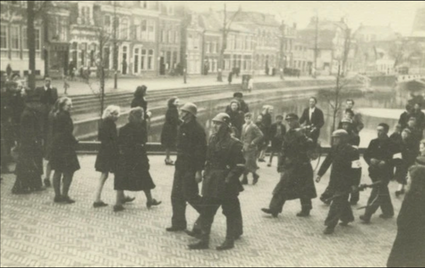 Eanjum
Eanjum -
Stal Droppinghiem
Stal Droppinghiem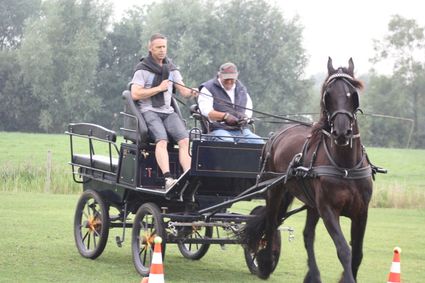 Aalsum
Aalsum -
B&B en Theeschenkerij 't Landschap
B&B en Theeschenkerij 't Landschap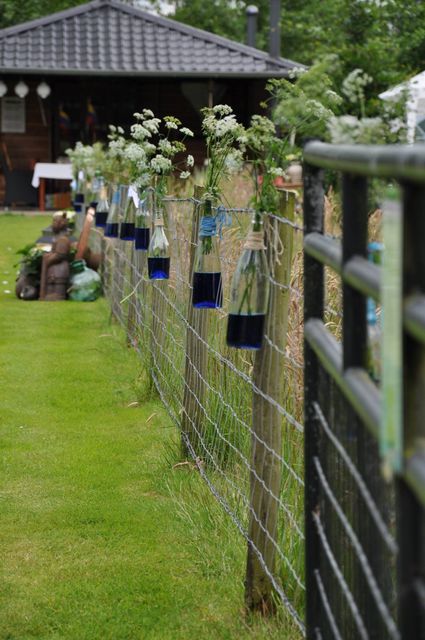 Boelenslaan
Boelenslaan -
Logementen Dokkum
Logementen Dokkum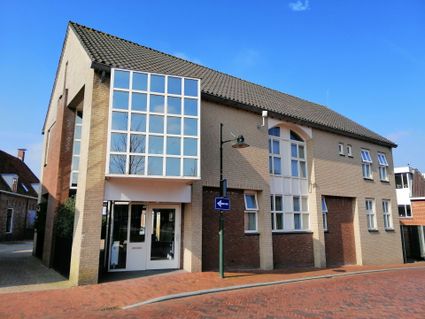 Dokkum
Dokkum -
Rondvaart Praamverhuur Dokkum
Rondvaart Praamverhuur Dokkum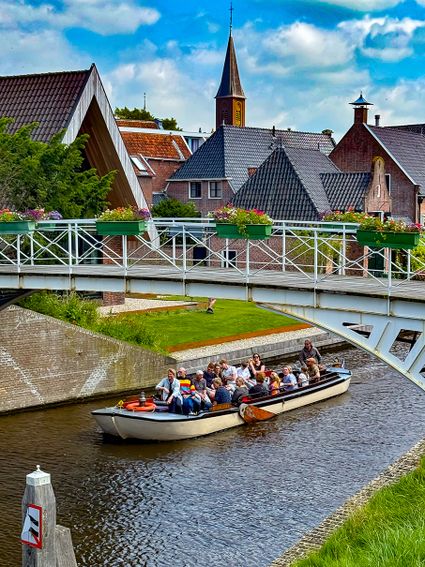
New
Dokkum -
De Jersey Molkerij
De Jersey Molkerij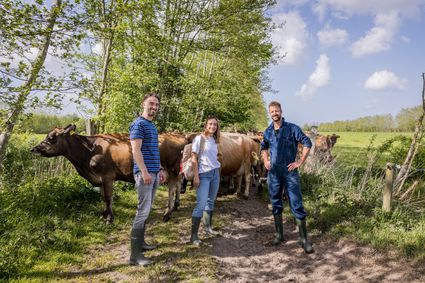 Veenklooster
Veenklooster -
Sportvisserij Tender
Sportvisserij Tender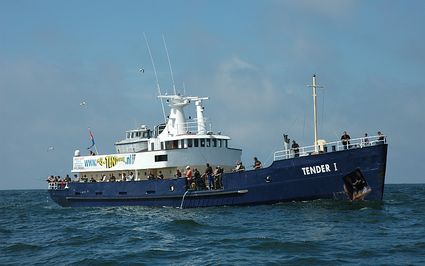 Lauwersoog
Lauwersoog -
Elfstedenmonument Tegeltjesbrug Gytsjerk
Elfstedenmonument Tegeltjesbrug Gytsjerk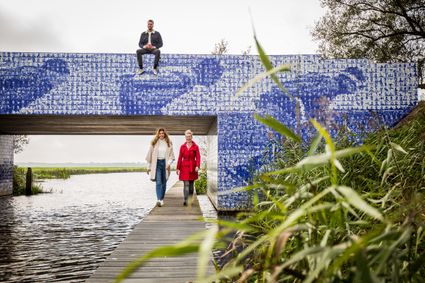 Gytsjerk
Gytsjerk -
Schreiershoek Boomhuis
Schreiershoek Boomhuis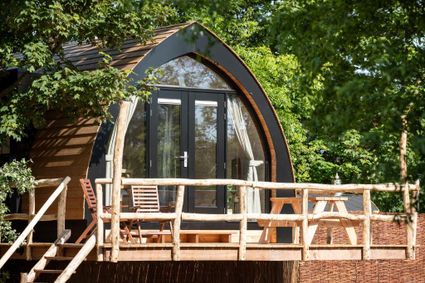 Oostrum
Oostrum -
Campground Achterom
Campground Achterom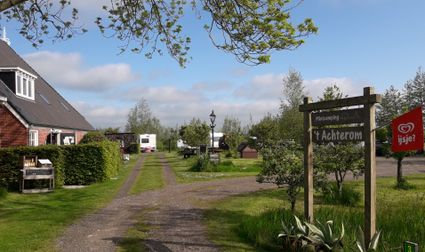 Kollum
Kollum -
Natuurlijk Kollumeroord Groepsaccommodatie De Vlinderbalg
Natuurlijk Kollumeroord Groepsaccommodatie De Vlinderbalg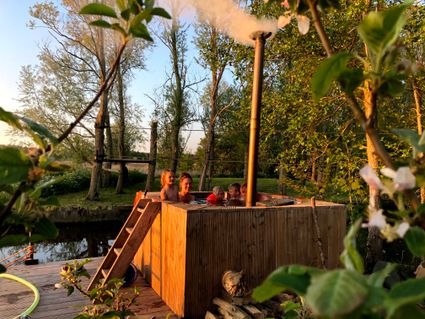 Kollumerpomp
Kollumerpomp -
Voormalig klooster Tribus Montibus
Voormalig klooster Tribus Montibus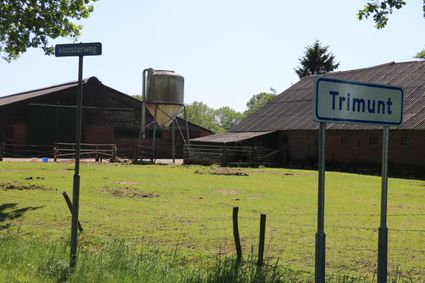 Trimunt
Trimunt -
Kerk Hegebeintum
Kerk Hegebeintum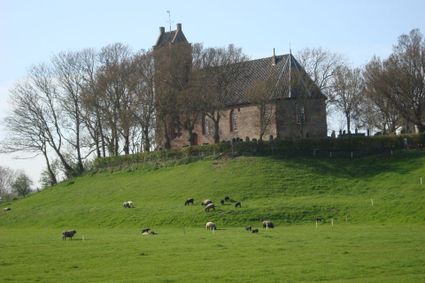 Hegebeintum
Hegebeintum -
Delleboersterheide - Catspoele - Libellenvlonder
Delleboersterheide - Catspoele - Libellenvlonder Oldeberkoop
Oldeberkoop -
De Alde Feanen - It Wyldlân - Vogelkijkhut
De Alde Feanen - It Wyldlân - Vogelkijkhut Warten
Warten -
Zeilcharter Willem Jacob
Zeilcharter Willem Jacob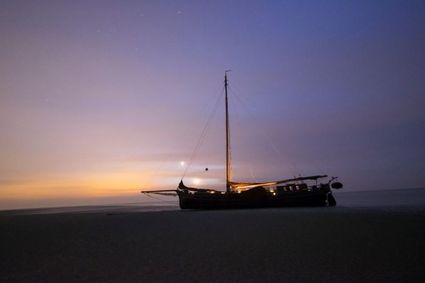 Groningen
Groningen -
Kunstcafé de Dream
Kunstcafé de Dream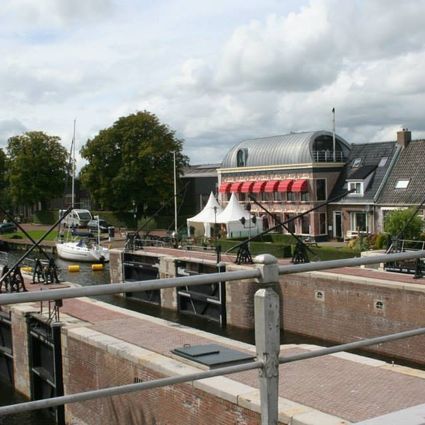 Dokkumer Nieuwe Zijlen
Dokkumer Nieuwe Zijlen -
Camping It Wiid
Camping It Wiid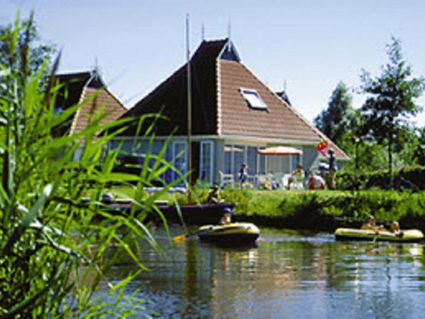 Earnewâld
Earnewâld -
Bed & Breakfast Tusken Wad en Wâld
Bed & Breakfast Tusken Wad en Wâld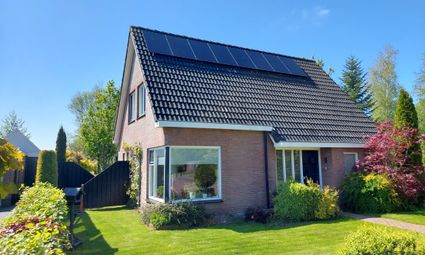 Kollumerzwaag
Kollumerzwaag -
Gedicht: Der gie in snijen | Eeltsje Hettinga


Accept cookies to see this content.
Gedicht: Der gie in snijen | Eeltsje Hettinga
DER GIE IN SNIJEN
Often to understand, we have to look into emptiness
– Michelangelo Antonioni
Winter line skean tsjin de apelhôven,
liet de mûle in lang swijen,
begjin april, spoaren fan lytse
hoefdieren yn de snie en oer
de mûnier, dêr’t in rûge froast
syn flierren sloech, de rop fan in ûle.
Earne út nacht syn ûnderwâlen wei
kaam in frou, in pear redens
om ’e hals, de ring fan
it lantearneljocht yn en ferdwûn,
in skaad foar har, in skaad achter har,
de iisbaan oer, it tsjuster yn.
Inkeld útsinnige kiel wie ik doe’t
by in hast dierlik oerémisk roppen
ik út myn dreamen wekker skeat
en mysels weromfûn yn de dize
oer de Po-flakten fan Antonioni, dêr’t
in kamera oer de sompen glied.
Ik seach iisblommen op de ruten,
begjin april, sette de ôftiteling
stil by de namme fan Anna.
Winter line skean tsjin de apelhôven,
liet de mûle in lang swijen.
Der gie in snijen, sûnder ophâlden. Leeuwarden
Leeuwarden -
Stichting tot behoud reddingboot Gebroeders Luden
Stichting tot behoud reddingboot Gebroeders Luden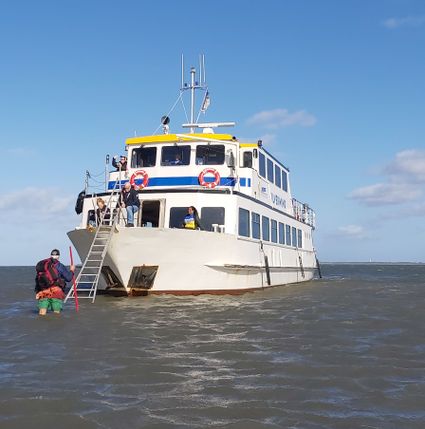 Lauwersoog
Lauwersoog -
B&B Hoogstraat
B&B Hoogstraat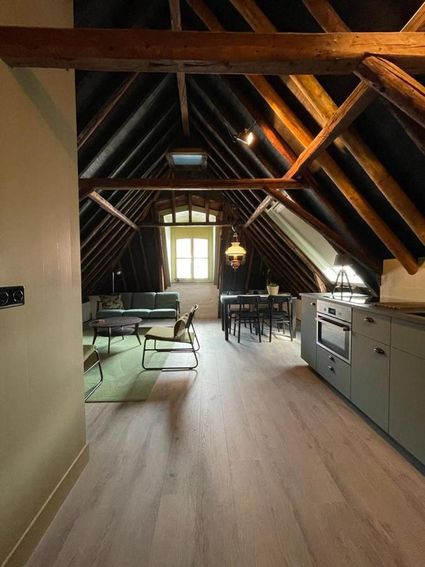 Dokkum
Dokkum -
Poepekrús
Poepekrús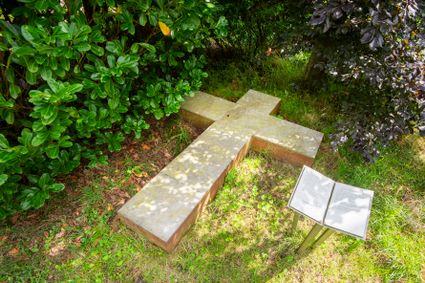 Burgum
Burgum -
Dobben Hurdegarypsterwarren Nature Reserve
Dobben Hurdegarypsterwarren Nature Reserve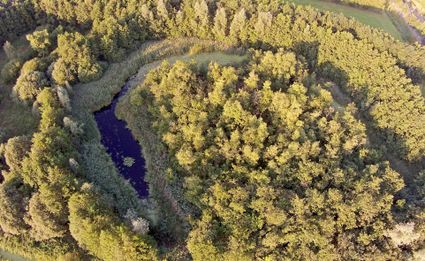 Burgum
Burgum -
B and Be Happy
B and Be Happy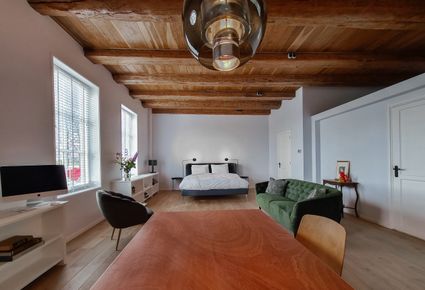 Lioessens
Lioessens -
Natuurgebied Kuikhornstervaart
Natuurgebied Kuikhornstervaart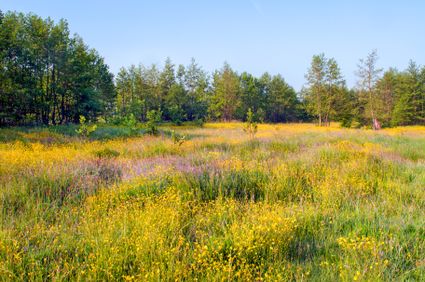 Kuikhorne
Kuikhorne -
Grand Café Hotel van der Meer
Grand Café Hotel van der Meer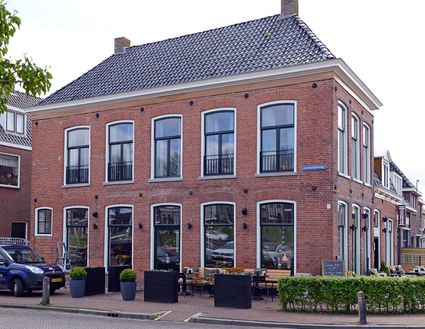 Dokkum
Dokkum
